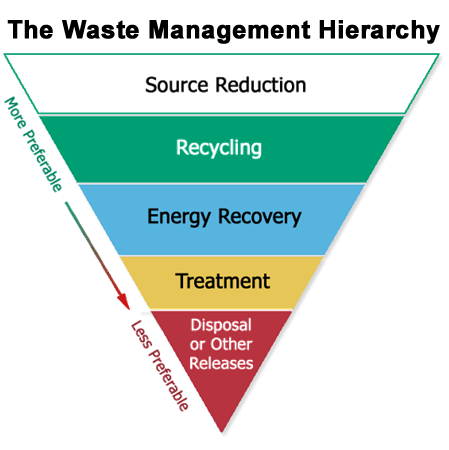TRI Explorer
2019 TRI Factsheet: State – New Hampshire
Data Source: 2022 Dataset (released October 2023)
The Toxics Release Inventory (TRI) tracks the management of certain toxic chemicals that may pose a threat to human health and the environment. Certain industrial facilities in the U.S. must report annually how much of each chemical is recycled, combusted for energy recovery, treated for destruction, and disposed of or otherwise released on- and off-site. This information is collectively referred to as production-related waste managed. | ||||||||||||||||||||||||||||
|
Map of TRI Facilities in New Hampshire |
Quick Facts for 2019
|
|||||||||||||||||||||||||||
| New Hampshire ranks 55 out of 56 states/territories nationwide based on total releases per square mile (Rank 1 = highest releases) |
Looking at production-related waste managed over time helps track progress in reducing waste generated and moving toward safer waste management methods. EPA encourages facilities to first eliminate waste at its source (source reduction). For waste that is generated, the preferred management method is recycling, followed by energy recovery, treatment, and as a last resort, disposing of or otherwise releasing the waste. Under the Pollution Prevention Act of 1990, TRI collects information to track industry progress in reducing waste generation and moving towards safer waste management alternatives. Learn more about Pollution Prevention and TRI.
The following charts represent releases of TRI-covered chemicals to the environment in the State of New Hampshire. A "release" of a chemical means that it is emitted to the air or water, placed in some type of land disposal, or transferred off-site for disposal or release.

